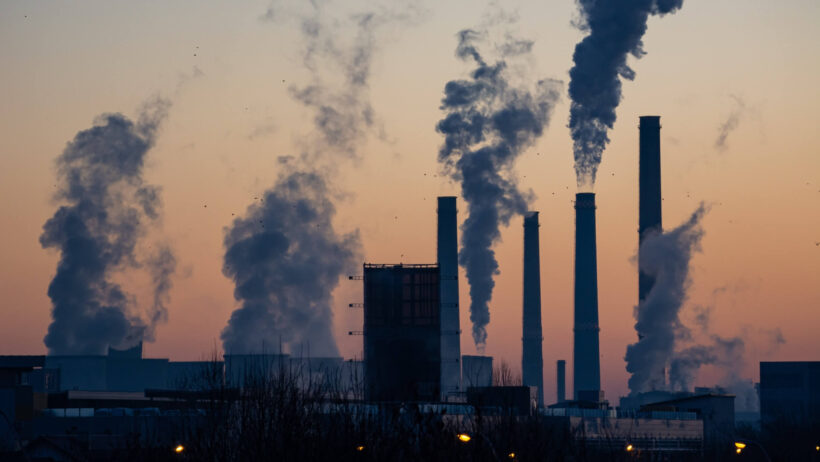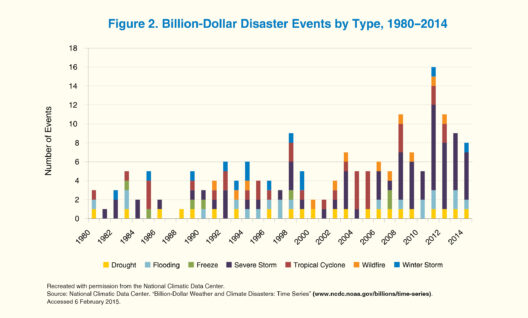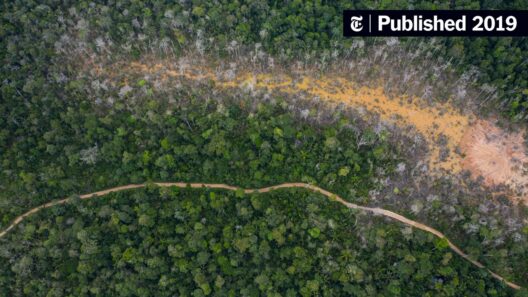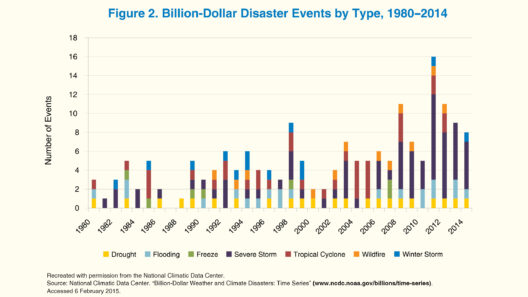Air pollution is akin to a stubborn uninvited guest at a party—its presence is felt everywhere, unsightly and unwelcome, causing disarray and discontent. At first glance, the role of air pollution in the broader context of climate change appears solely negative; it is a primary antagonist that exacerbates warming by acting as a blanket, trapping heat within the Earth’s atmosphere. Yet, like many complex characters in a narrative, air pollution bears an ironic duality. While its emissions are detrimental, some components possess the ability to complicate the ongoing saga of global warming. Understanding this paradox requires a deeper exploration of the interplay between air pollution and climate dynamics.
To conceive the relationship between air pollution and climate change, it is essential to discuss the detrimental impacts of conventional air pollutants. Pollutants, including carbon dioxide (CO2), methane (CH4), nitrogen oxides (NOx), and particulate matter (PM), contribute significantly to the warming of our planet. CO2 and CH4 are particularly notorious for their heat-retaining effects—a phenomenon known as the greenhouse effect. Each pollutant enters the atmosphere through various means, such as burning fossil fuels, industrial processes, and agricultural practices. They create a smoggy veil that obscures not only the sky but the possibility for a stable climate.
The direct ramifications of these emissions are severe. As greenhouse gas concentrations soar, we see increased surface temperatures, shifting weather patterns, and rising sea levels. A more insidious effect is the acceleration of feedback loops: melting polar ice reduces albedo (the Earth’s ability to reflect sunlight), leading to further warming. Additionally, the health impacts of air pollution manifest through respiratory diseases, cardiovascular ailments, and diminished overall quality of life. Thus, air pollution is often depicted as a malevolent force against humanity’s aspirations for a resilient and sustainable future.
However, let us pivot to air pollution’s unexpected role as a mitigator of climate change. Amidst the toxic mix of pollutants, some particulates, specifically sulfate aerosols, can reflect sunlight back into the atmosphere, effectively performing a cooling function. By entering the stratosphere, these aerosols create a temporary shield, mitigating some of the radiative forcing caused by greenhouse gases. This phenomenon, though transient and fraught with consequences, highlights the dual nature of air pollution—it is not exclusively a villain.
This dichotomy unveils a broader narrative about climate intervention. Recent dialogues in environmental policy circles explore the possibility of intentionally injecting aerosols into the atmosphere to achieve a “geoengineering” effect that cools the planet. While this concept captures the imagination, it is paramount to exercise caution. The long-term effects of such action remain uncertain, and the ethical dimensions of intervening in Earth’s natural systems cannot be overlooked. As such, we find ourselves at a crossroads between reckless mitigation attempts and genuine sustainability efforts.
The complexity of air pollution extends to its socio-economic implications. Vulnerable communities often bear the brunt of pollution’s malevolence, living in proximity to industrial sites and major thoroughfares. These populations suffer higher rates of illness due to both air quality and climate vulnerabilities, showcasing the intersection of environmental health and social equity. Moreover, as climate change intensifies, the inequality gap widens, leaving marginalized groups at a perpetual disadvantage. Thus, tackling air pollution must also encompass the pursuit of environmental justice, prioritizing the voices of those disproportionately affected.
Nevertheless, while the insidious nature of air pollution poses formidable challenges, avenues for intervention also emerge. Transitioning to cleaner technologies represents one of the most impactful solutions. By shifting away from fossil fuels and embedding renewable energy systems into our fabric of life, society can drastically reduce CO2 and other hazardous emissions. Such measures not only ameliorate air quality but also offer long-term benefits against the backdrop of climate change. With each newfound solar panel or wind turbine, we actively participate in rewriting our ecological narrative.
Additionally, enhancing public transportation systems can curtail vehicular emissions while providing an accessible alternative to fossil-fuel-dependent transport. Investing in electric vehicles not only assists in cleaner commuting but represents a broader shift in societal values towards sustainability. Efforts to construct urban green spaces also help mitigate the urban heat island effect while improving air quality. Urban trees, acting as natural air filters, become indispensable allies in the fight against both pollution and climate change.
Furthermore, educational initiatives aimed at raising awareness of air pollution’s effects can galvanize community action. By fostering a connection to the environment and illustrating the direct ties between local air quality, public health, and climate change, we empower individuals to take meaningful action. Communities can organize clean-ups, advocate for stronger regulations, and push for sustainable practices within local governance. This grassroots mobilization has historically served as a catalyst for significant change, showing that collective action is a potent tool against environmental degradation.
As we navigate the intricate web of air pollution and climate change, it becomes evident that this relationship is multifaceted and rife with complexities. While air pollution continues to pose a dire threat to global warming and public health, it also presents an opportunity—a chance to redefine our engagement with the environment. Embracing clean technologies, advocating for equity, and fostering community participation illuminate a path forward, transforming a seemingly irredeemable adversary into a motivating force for innovation and change.
Ultimately, the narrative surrounding air pollution versus climate change invites reflection. It challenges existing paradigms and pushes society toward a reckoning with its choices. As we grapple with the consequences of environmental negligence, this conversation extends beyond mere causality; it encompasses moral responsibility and collective action. By recognizing air pollution’s dual role, we can better equip ourselves to forge strategies that address the urgent realities of climate change while aspiring for a world marked by cleaner air and a stable climate.







